This site uses cookies
Read moreMaterials
Partners
França, Portugal
glass, aluminium

Jérémy Pajeanc
programme cycle 01 /
Jérémy Pajeanc, a visual artist and teacher, currently lives and studies between Porto and Marinha Grande. Born in Paris in 1988, where he received his initial education. He teaches Visual Arts and Art History at the Lycée Français International in Porto, and previously taught Visual Arts and Artistic Technologies at the Higher School of Education of Porto from 2013 to 2016. He graduated in Visual Arts from the Faculty of Fine Arts of the University of Porto, specializing in Painting. He is also conducting research on the relationship between Art and Science in glass / Art and Social History, in partnership with INED (ESE-IPP) and CENCAL (Marinha Grande). His artistic work focuses on migratory flows and the great exoduses that have shaped our contemporary Western culture, a field that has directed much of his artistic practice. He regularly exhibits his work, both individually and collectively, and has also participated in various talks and conferences in several national and international cities. He is a member of the Expedição group and an associate of Saco Azul, a cultural association at Maus Hábitos in Porto. He has been recognized with several national and international awards.
Just as we ask how many stones it takes to make a heap, (…) how many pieces of evidence make a crime?”
In a current context divided between expansionist globalization and identity-based closure, walls and fences are erected in the name of security. Security? Forgetting human rights, international agreements, such as the right to political or wartime aid, moral and ethical values that define the humanity of our laws and contemporary actions are disregarded. The idea of a fence and a wall is as old as the concept of a border. After the fall of the Berlin Wall in 1989, the European community believed it was moving towards a continued liberation of borders and their crossings, freedom of speech, the fraternal sharing of cultures and identities in a reunified Europe, and that we would never return to a claustrophobic-dictatorial closure. We thought such thinking was obsolete, petrified in a turbulent historical past of bygone days. In 2017, Europe, among others, reinforced and redesigned parts of its borders with fences and barbed wire. Are we living in the full myth of Sisyphus?
“Everyone is wrong in turn. Some for having seen, others for having done.” Yann Moix
(Title taken from a film by Agnès Varda)


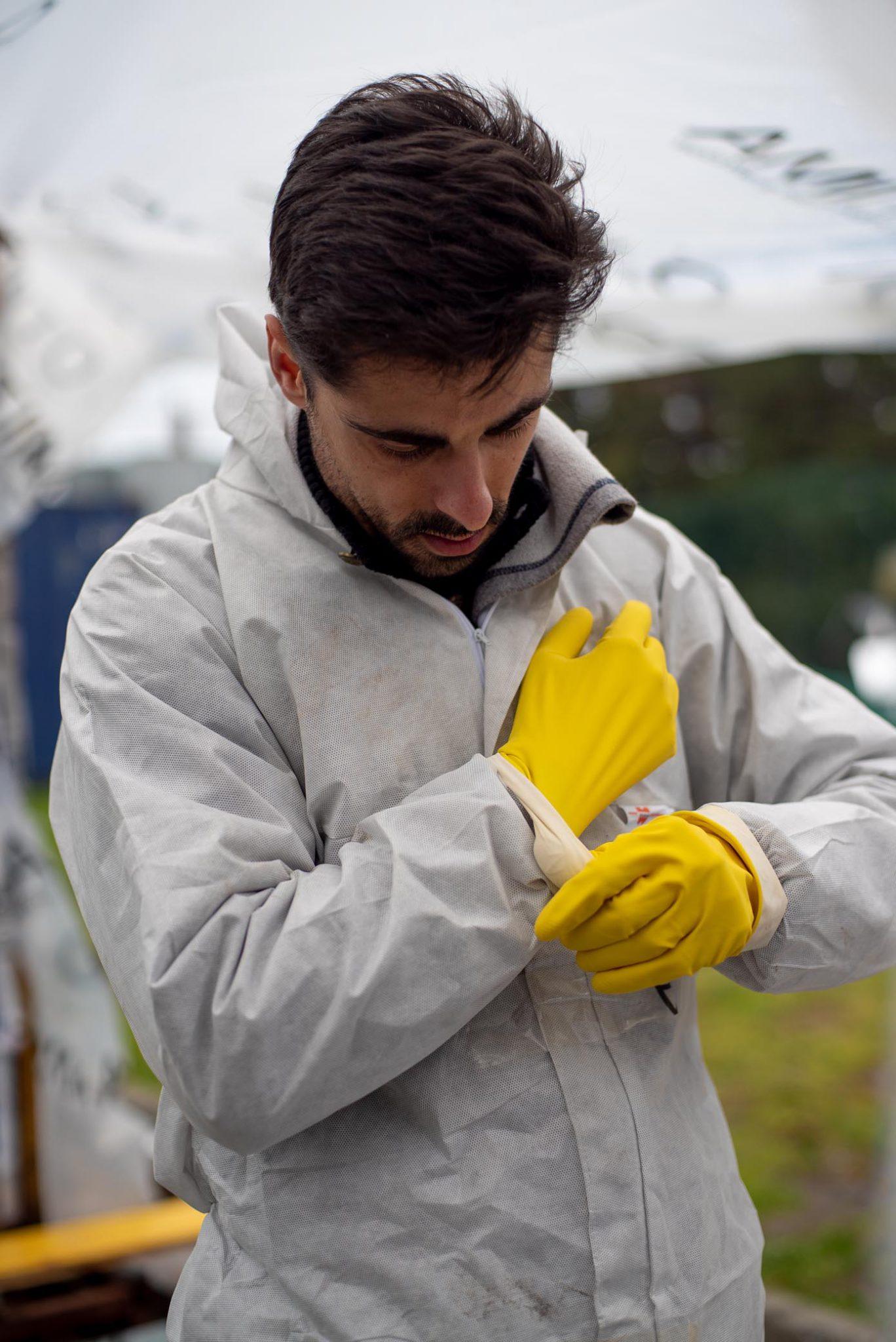
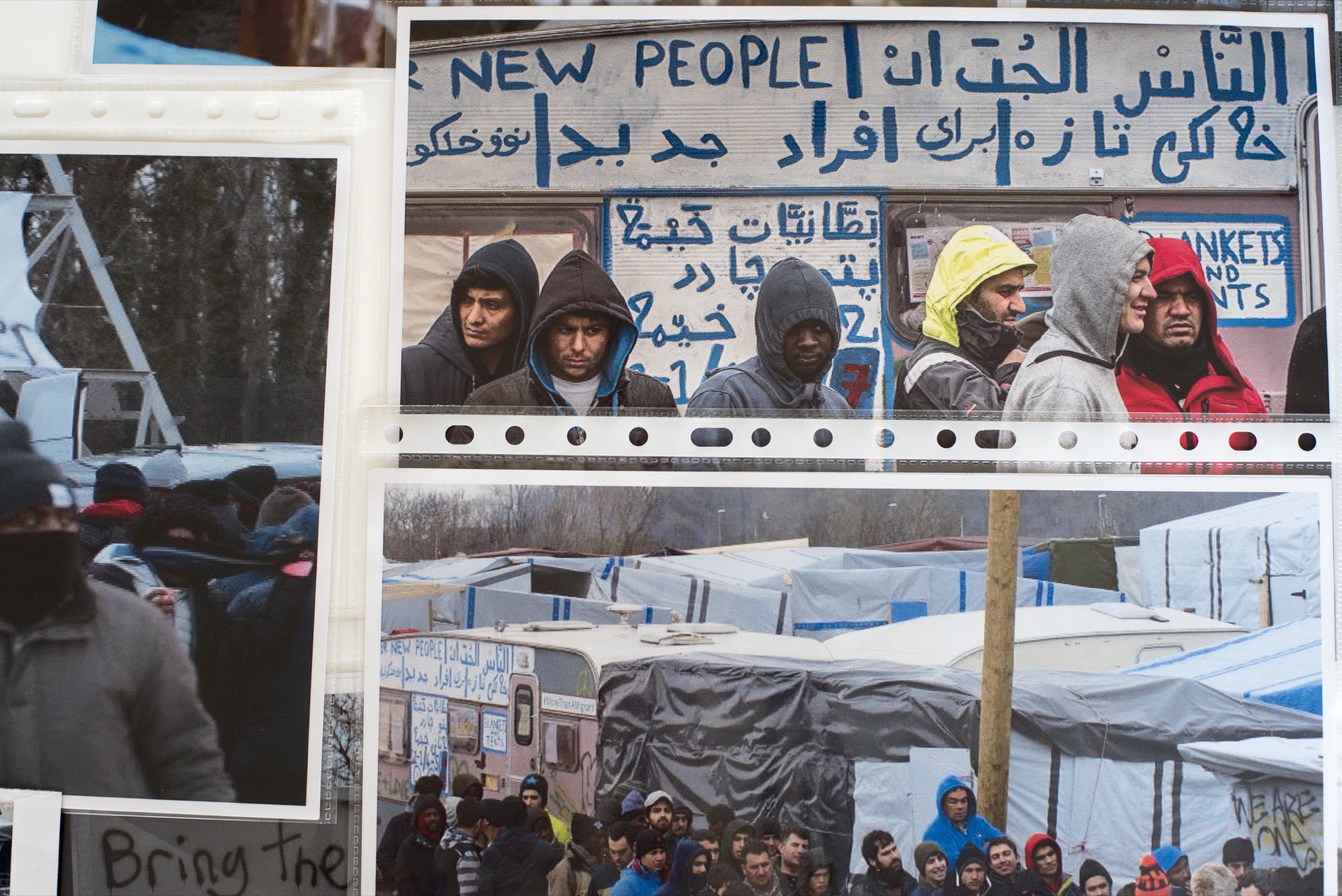
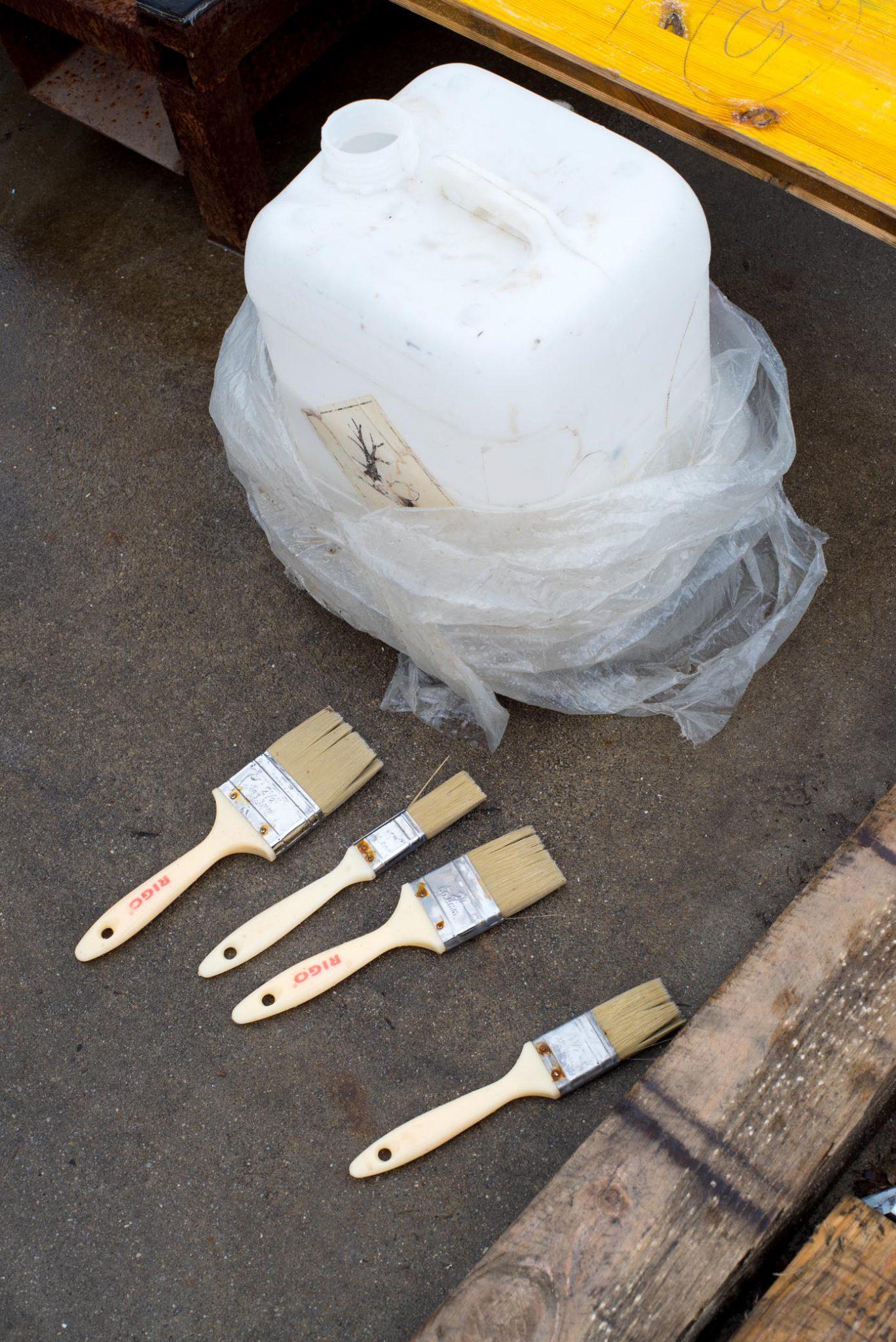
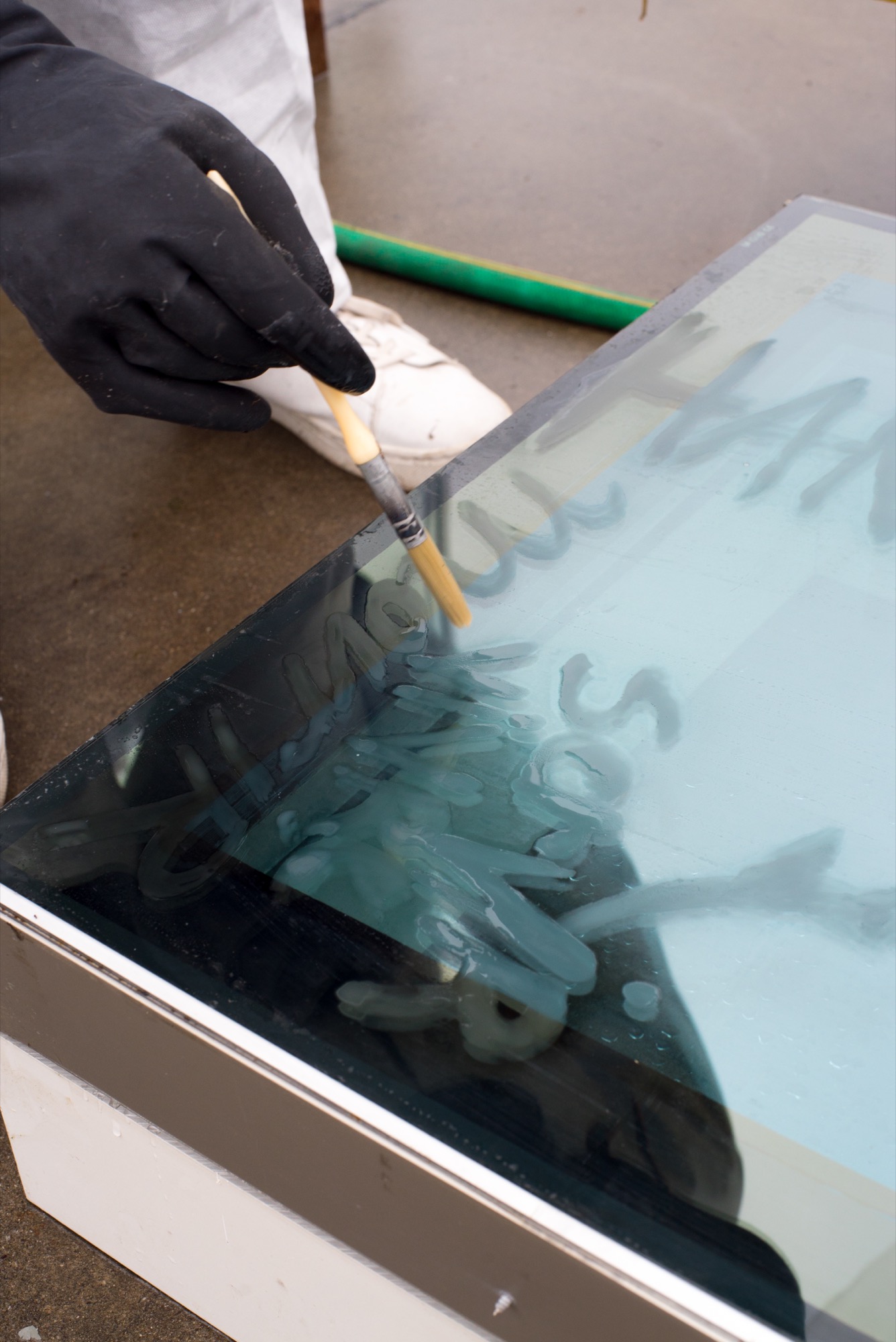
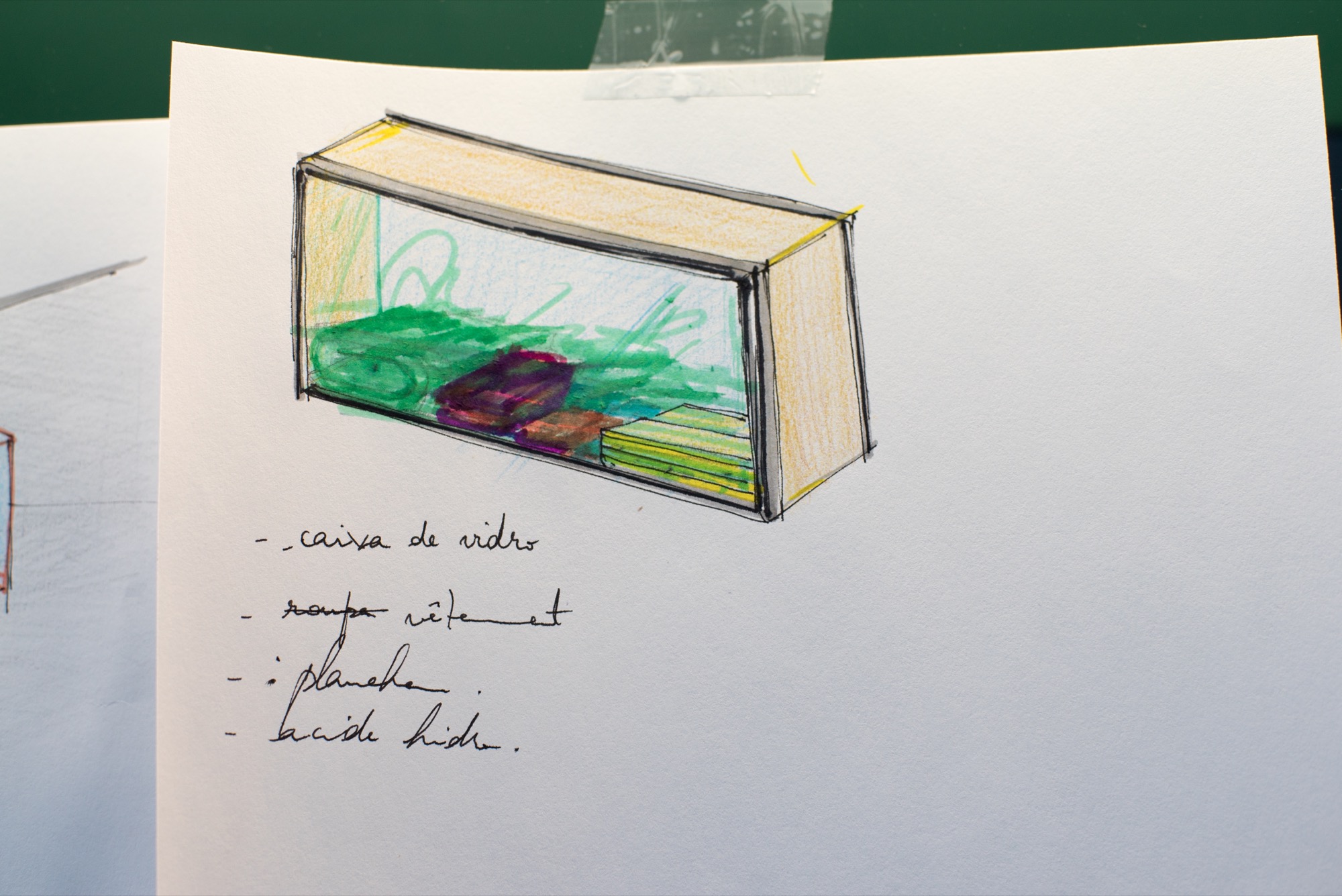

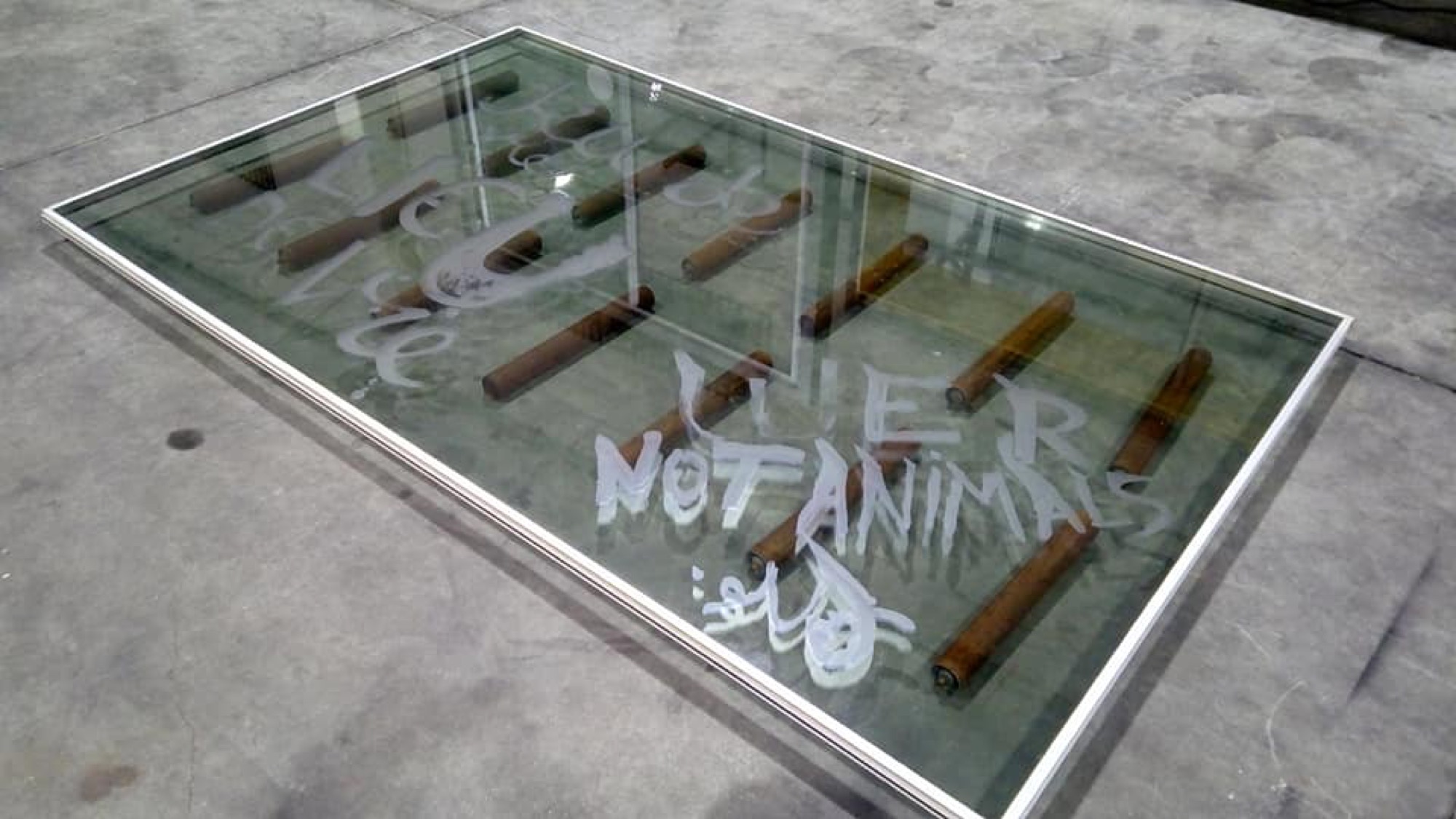
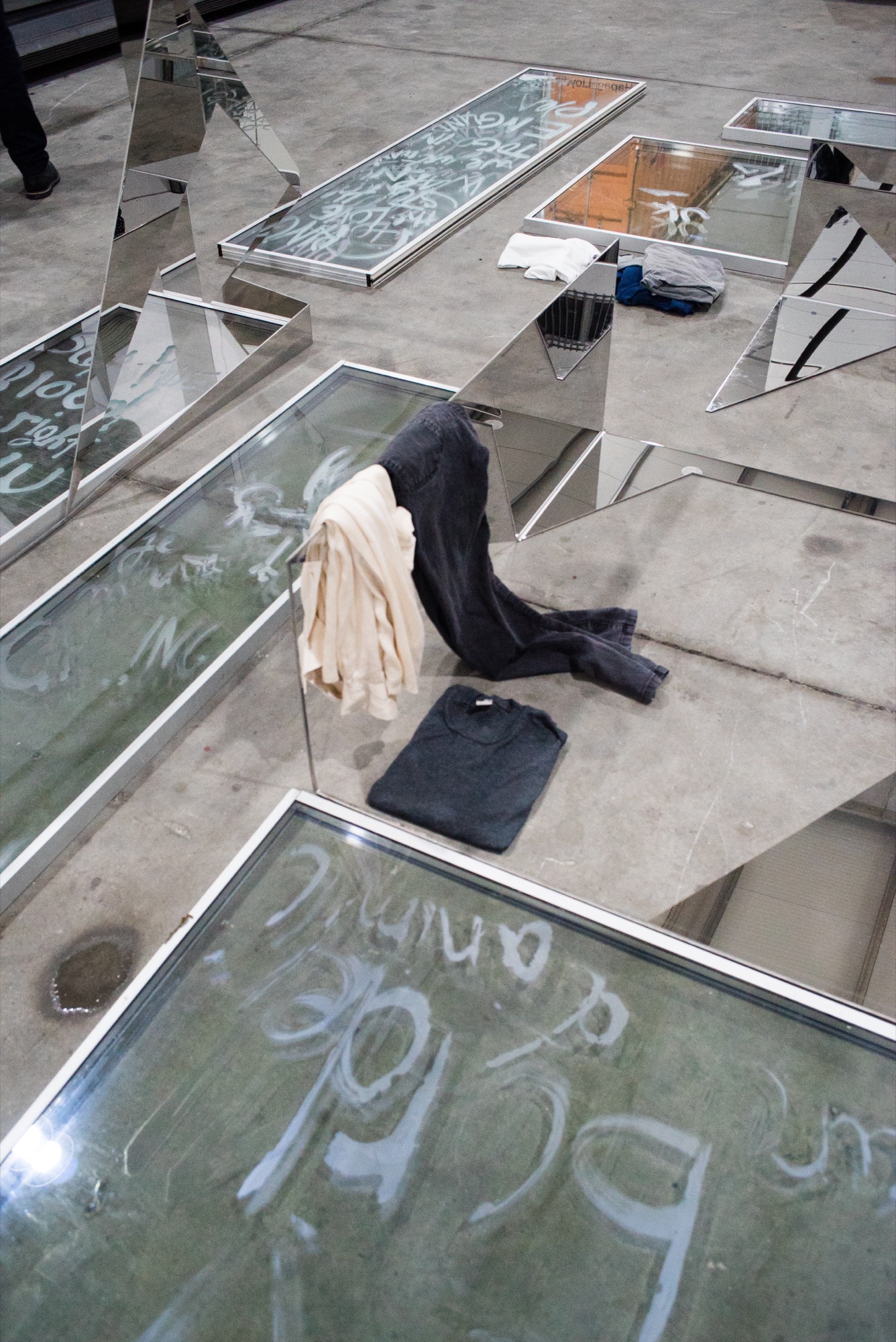

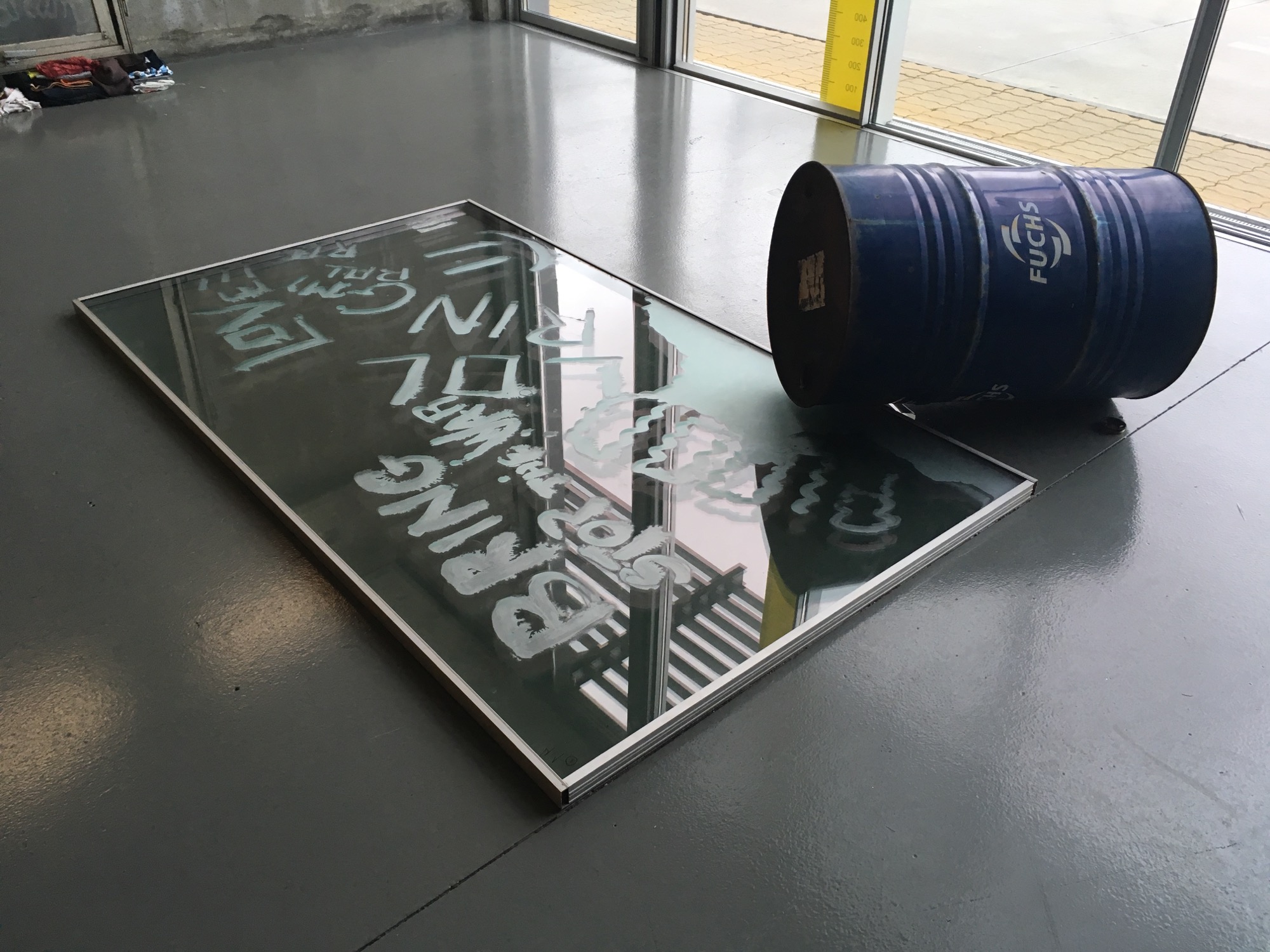

resources: glass, aluminium, acid
format: cycle 01
photography & video: Bruno Lança
No Entulho is open to visitors, if you want to know more please contact us.
Parque Industrial Amorim Rua Manuel Dias, 440 4495-129 Póvoa de Varzim
+351 252 023 590
info@noentulho.com